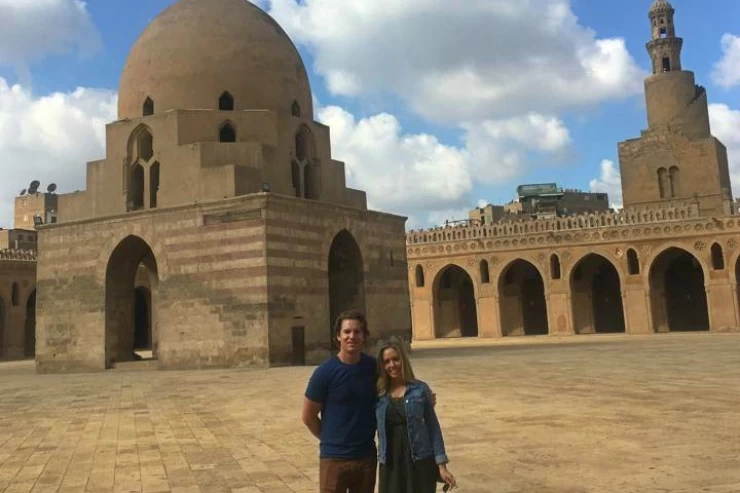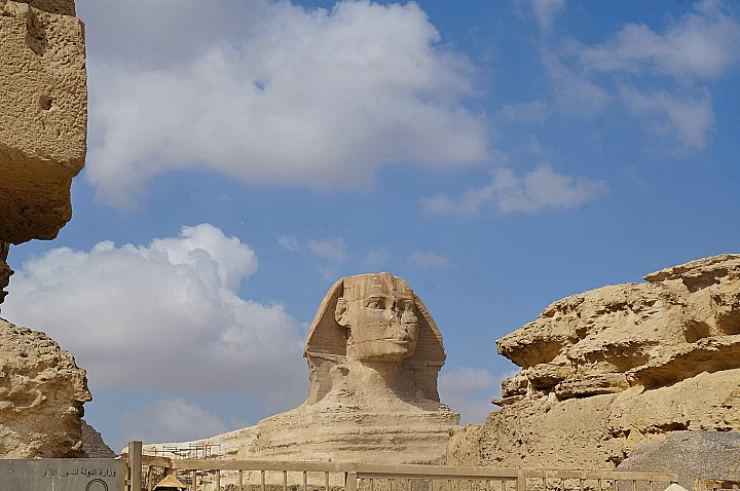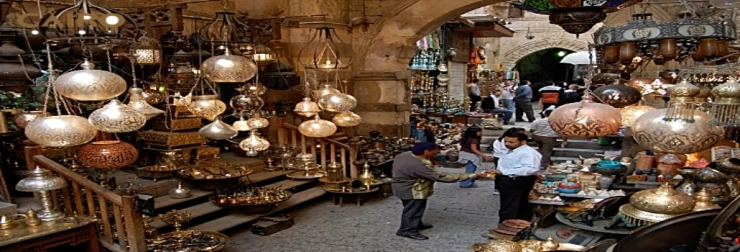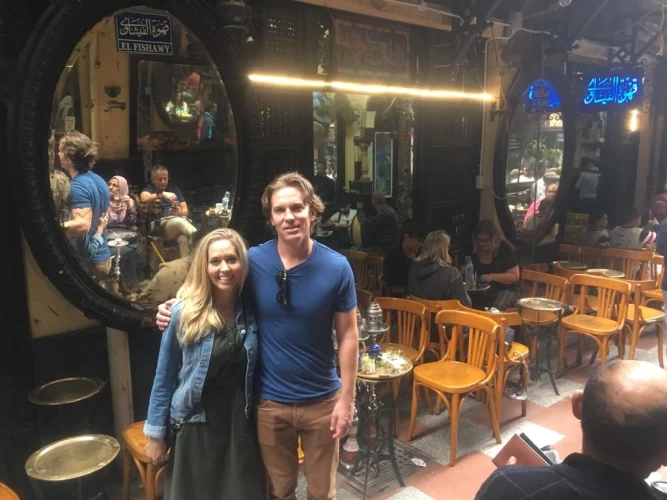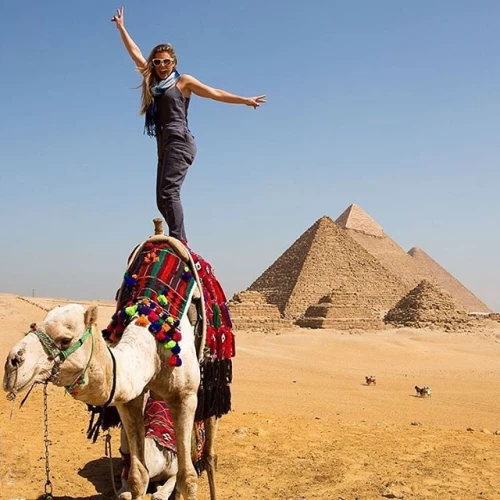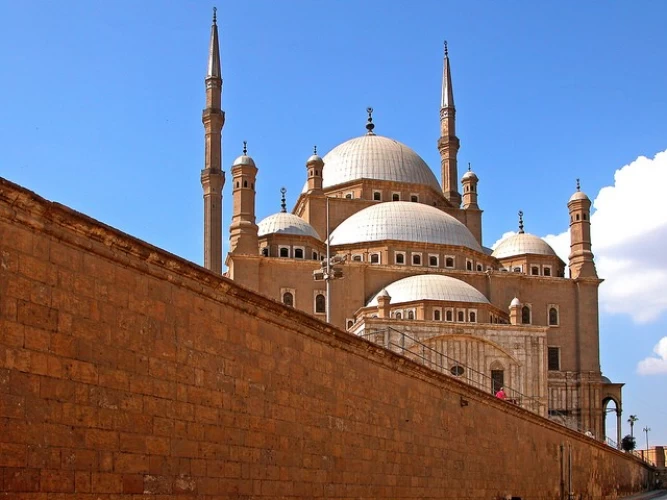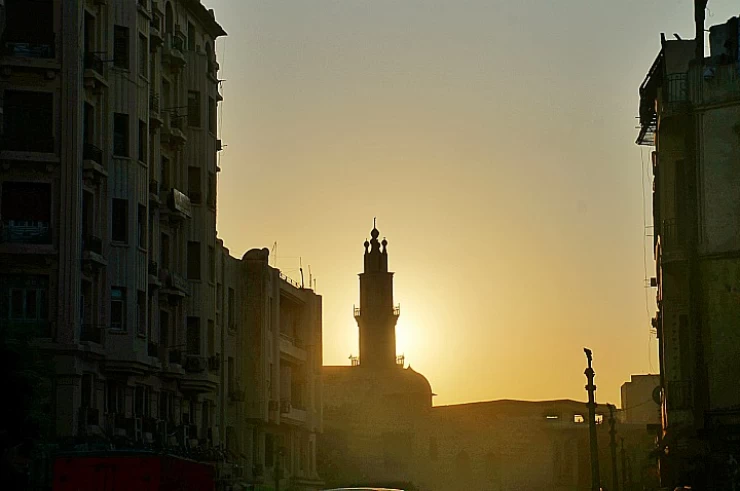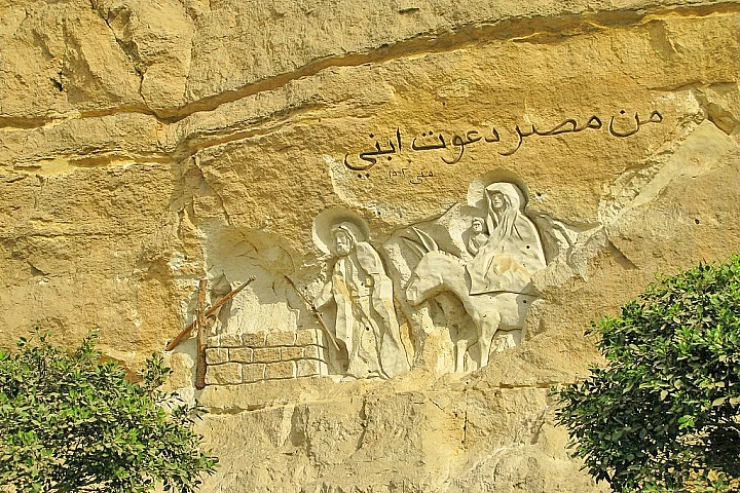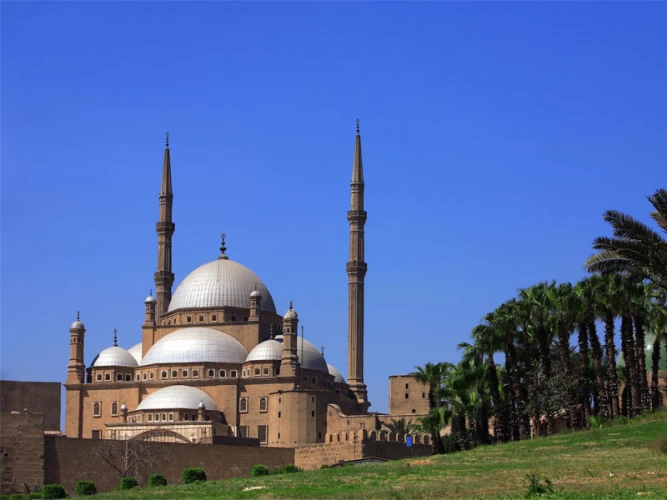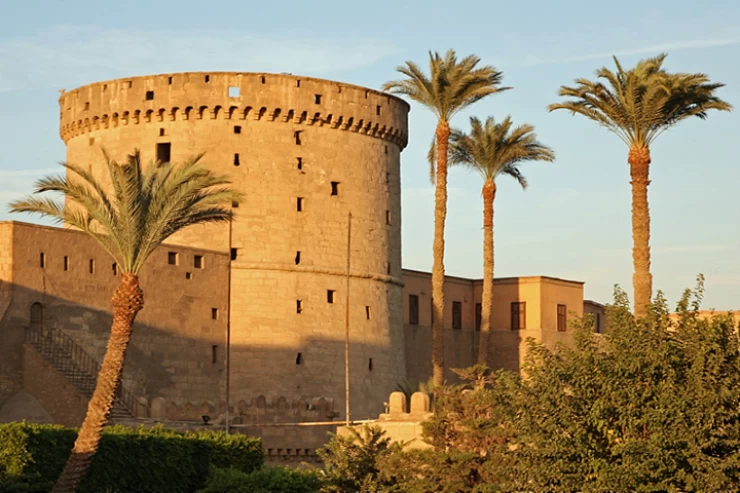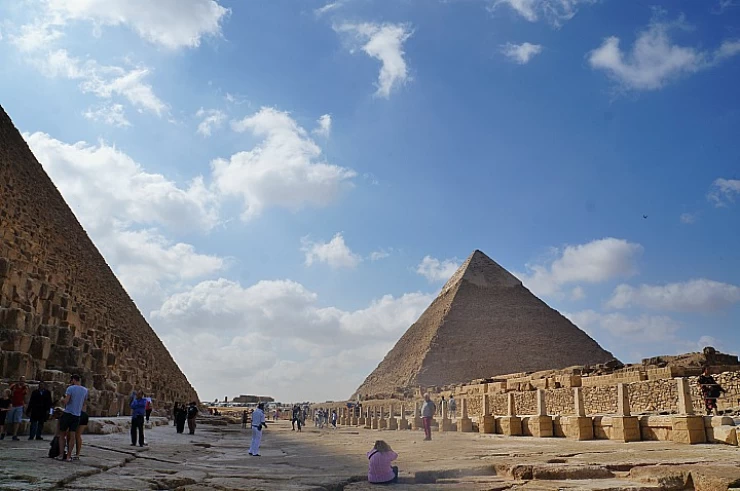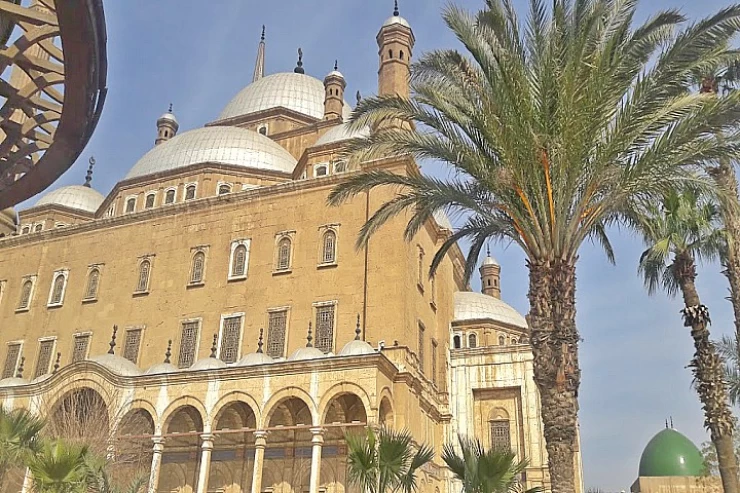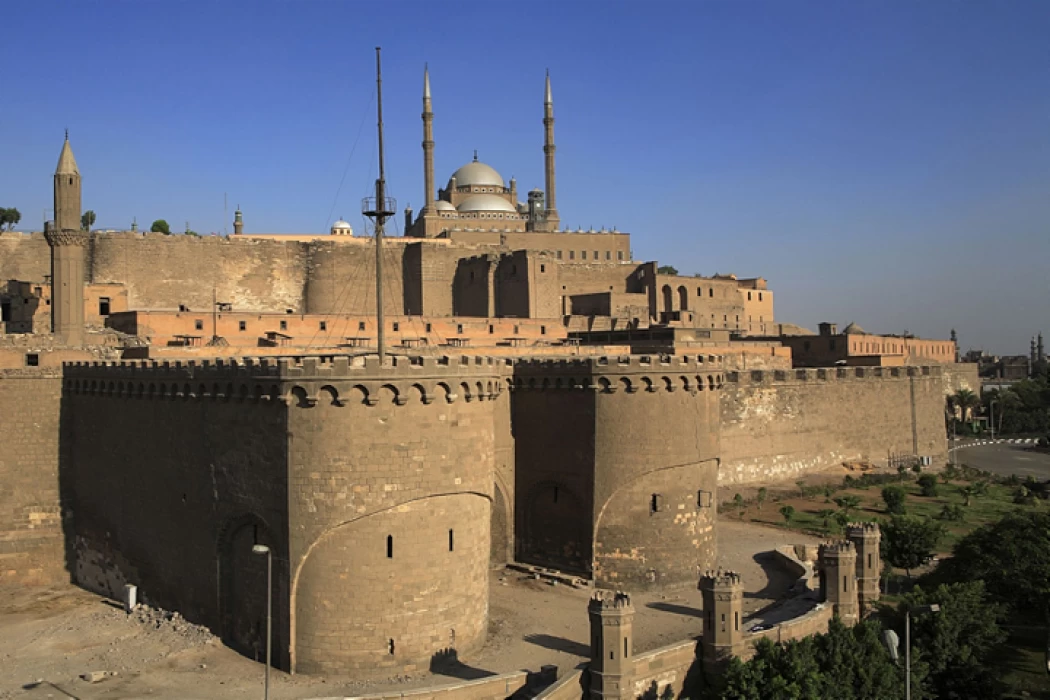
Salah El-Din Al-Ayoubi | Sultan of Egypt
Sultan of Egypt Salah El-Din Al-Ayoubi
The Muslim ruler of Egypt and Syria, Saladin (1137–1193), ruled from 1174 to 1193. He stunned the West by vanquishing an army of Christian Crusader states at the Battle of Hattin and taking Jerusalem in 1187.
Leader of the best of humanity and witnessed by his morals his enemies from the Crusaders Before his friends and wrote his biography, he is a unique example of a giant made from Islam, he is the hero Salahuddin Al-Ayoubi, the liberator of Jerusalem from the Crusaders and the hero of the battle of Hittin.
The last years of the Fatimid state’s life in Egypt witnessed a fierce conflict between “Shawar” and “Dergham” over the position of the ministry, and neither of them succeeded in resolving the conflict for their benefit, and the individual held the high position, so each of them used external power to help him achieve his goal.
Dergham used the Crusaders, The other used Nur al-Din Mahmoud Sultan of Aleppo, and the two parties answered the invitation, and a race began between them to exploit this conflict each in his favor, and to seize Egypt, which is of great importance to them in extending their influence and authority in that region.
The conflict ended with the elimination of the two competing ministers in 564 AH = 1168 CE. Asad al-Din Shirkuh, the leader of Nur ad-Din’s campaign, assumed the position of the cabinet for the Fatimid caliph al-Atid al-Fatim. Soon, Shirkuh died.
In the era of Salah al-Din, the construction of fences, settlements, and castles emerged. Among the most famous of these monuments is “Castle of the Mountain”, which is now known as Salah al-Din Citadel to be the seat of his government, a stronghold for his army, and an impenetrable fortress that enabled him to defend Cairo, As is the iconic picture of Islamic Cairo that was built by Salah El-Din El Ayouby, at the end of the 12th century,
The citadel is an indispensable part of all Cairo Day Tours especially the Islamic Cairo tour when you travel to Egypt and also one of the must things to do in Cairo and you will have the opportunity to experience those when booking one of our Cairo Stopover Tours.
But Salah al-Din was unable to complete its construction During his reign, the castle remained the seat of the rulers' offices in Egypt until recently, and Salah al-Din surrounded al-Fustat, and the ruins of castles and Cairo, surrounded by a fence of 15 km in length, three meters wide, and interspersed with towers, and its remains remain to this day in separate directions.
Salah al-Din also took care of the social institutions that help people and relieve them of some of the troubles of life. He abolished the taxes that were imposed on the pilgrims passing through Egypt and pledged to spend on the poor and strangers who took refuge in the mosques, making the Ahmed Ibn Tulun Mosque a haven for strangers from Moroccans.
Sultan Salah El-Din fell ill, and then he died at the Damascus Citadel in the year five hundred and ninety-nine, he was fifty-seven years old, and there were only forty-seven dirhams and one dinar in his treasures, leaving no property or property. His ownership of the Egyptian homes was about twenty-four years; his possession of the Levant was about nineteen years, and he left seventeen males and a young daughter. And the largest of them is the best Nour El-Din Ali.
Egypt has been very strong since the ancient ages, and this is reflected in its history and its powerful characters, such as Sultan Salah El-Din.
Latest Articles
Admin
Seabourn Sojourn Cruise Stops in Safaga Port
The Seabourn Sojourn, the flagship vessel of Seabourn Cruise Line's ultra-luxury fleet, was built in 2008 at the T. Mariotti shipyard in Genoa, Italy. Measuring 198 metres, it can accommodate up to 450 guests in its 225 spacious all-suite staterooms.
Admin
Norwegian Sky Cruise Stops in Safaga Port
Norwegian Cruise Line operates a cruise ship called the Norwegian Sky. It was constructed in 1999 and can accommodate 2,004 passengers in addition to 878 crew members. The ship has several dining establishments, lounges and bars, a spa and fitness center, swimming pools, and a number of entertainment areas.
Admin
Explora II Cruise Stops in Safaga Port
Explora II, the second vessel in the Explora Journeys fleet, sets sail in 2024 to redefine luxury cruising. With 461 ocean-front suites, 9 culinary experiences, and 4 pools, this haven of sophistication and sustainability promises an unforgettable "Ocean State of Mind" journey to inspiring destinations.
Admin
Mein Schiff 6 Cruise Stops in Safaga Port
The Mein Schiff 6 is the latest cruise ship in the renowned TUI Cruises fleet, offering passengers a luxurious and sophisticated cruise experience. At 315 metres long, this floating resort features a range of dining options, entertainment, and recreational facilities, including a spa, fitness centre, and sports amenities.
Admin
Mein Schiff 4 Cruise Stops in Safaga Port
When the Mein Schiff 4 cruise ship docks in Safaga, Egypt, passengers are granted access to a realm of ancient wonders. Aboard this state-of-the-art vessel, guests can embark on meticulously curated shore excursions that showcase the region's most iconic landmarks, including the Giza Pyramids, the enigmatic Sphinx, and the remarkable tombs and temples of the Valley of the Kings in Luxor.
Admin
MS Europa Cruise Stops in Safaga Port
The Silver Moon, Silversea's latest flagship, is a luxury cruise ship that offers an exceptional travel experience for Venezuelans exploring Egypt. With a capacity of 596 guests and an impressive 40,700 gross tonnes, the Silver Moon maintains the small-ship intimacy and spacious all-suite accommodations that are the hallmarks of the Silversea brand.






